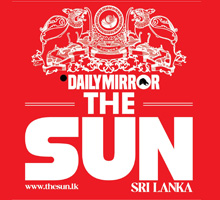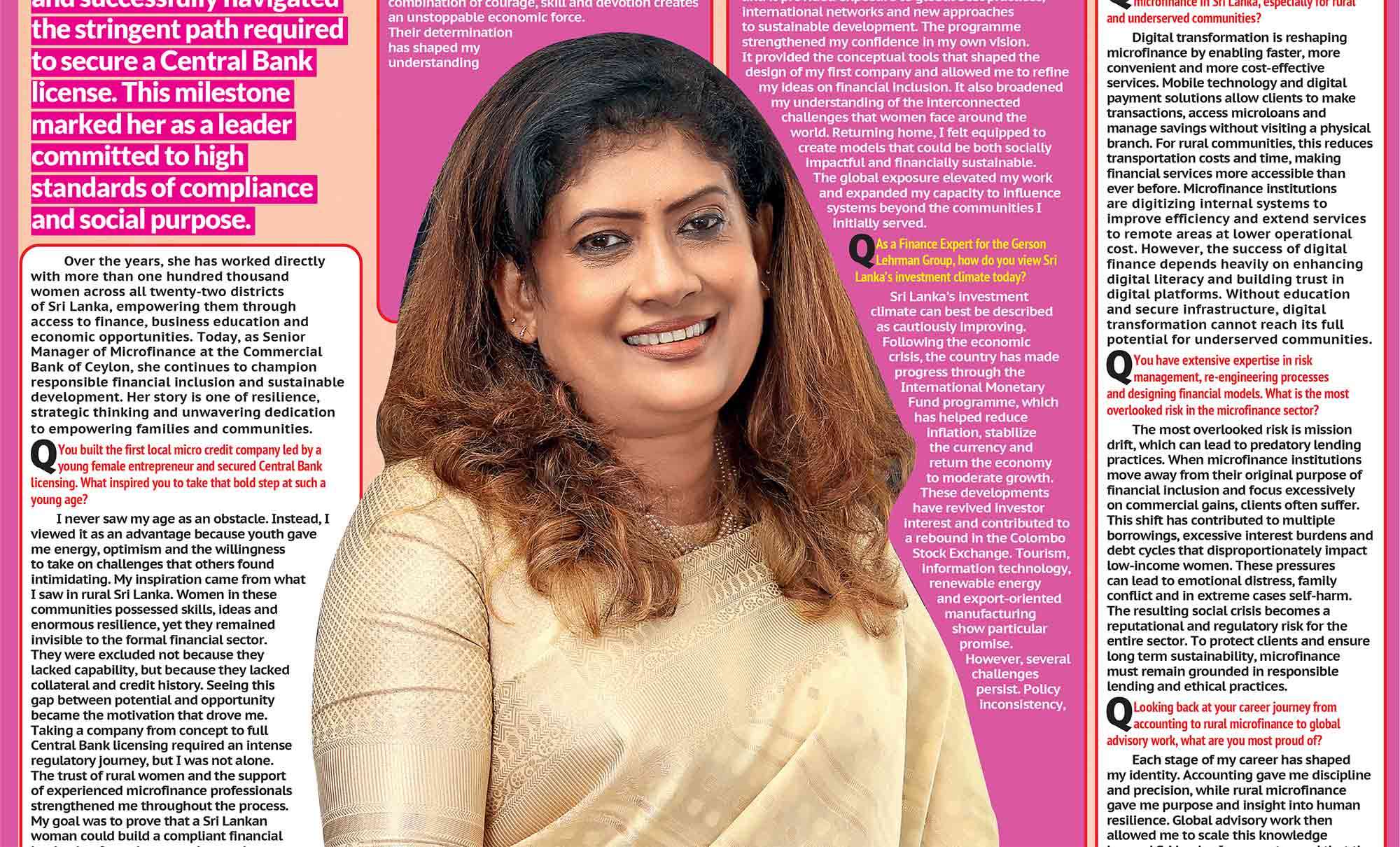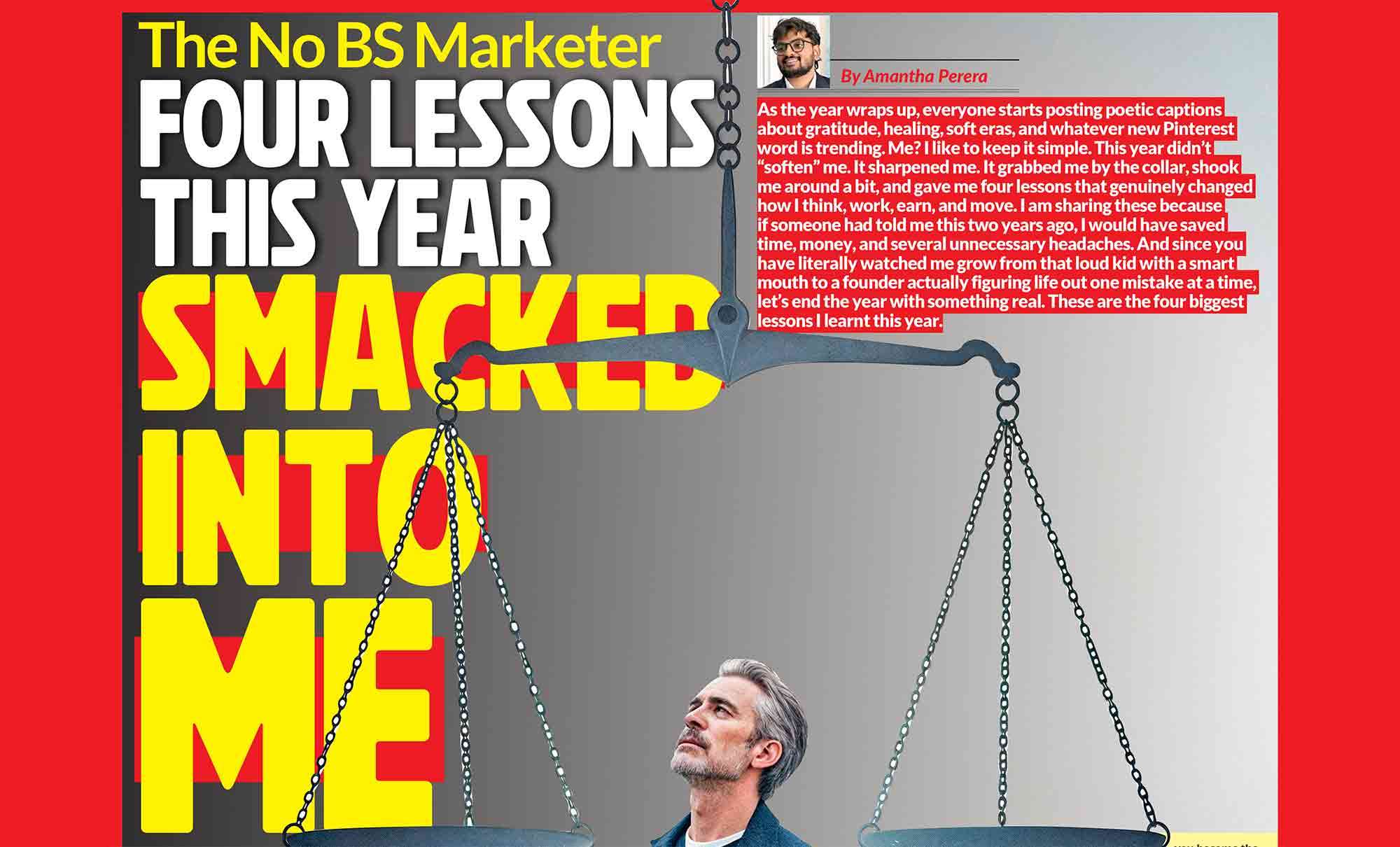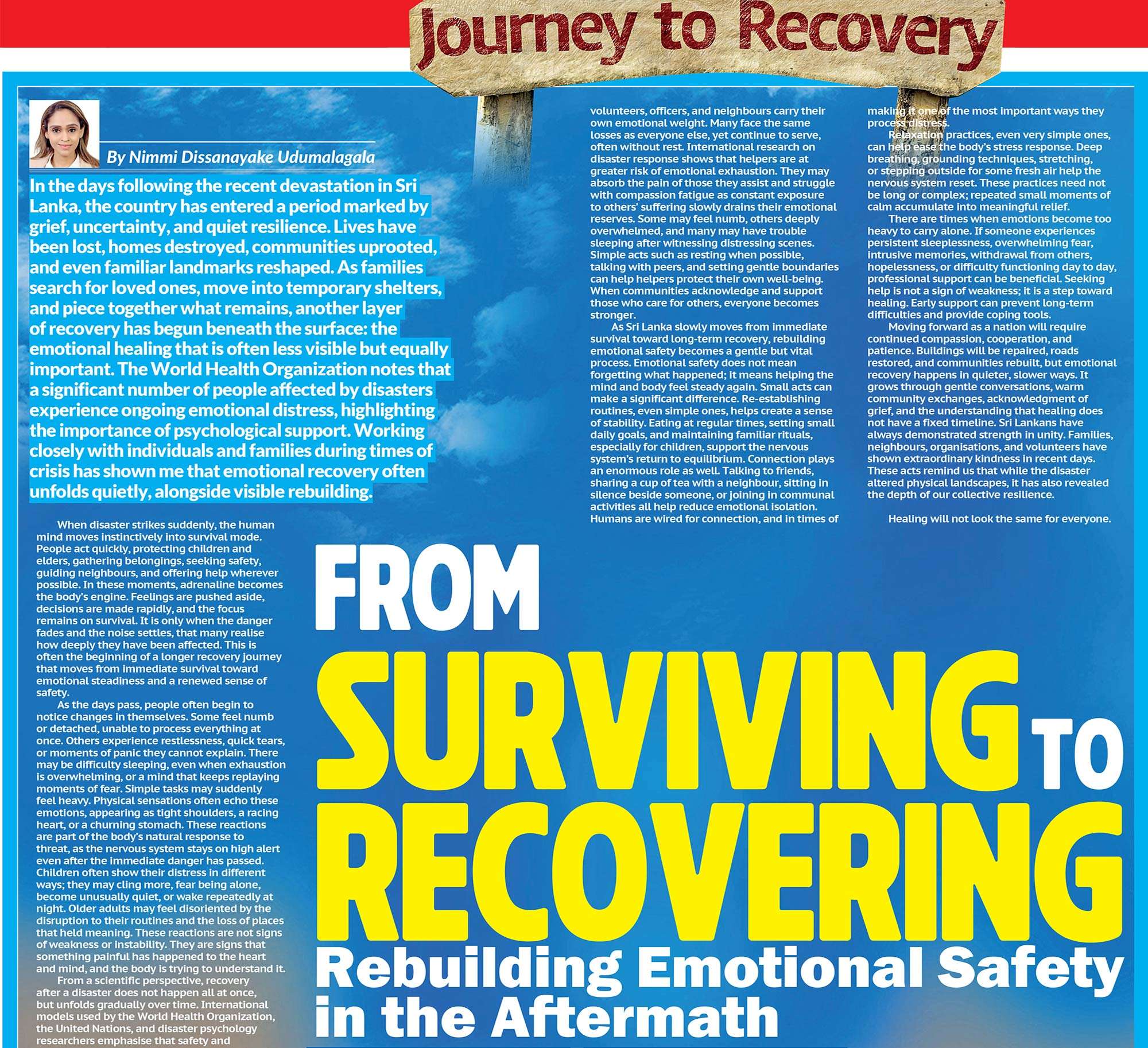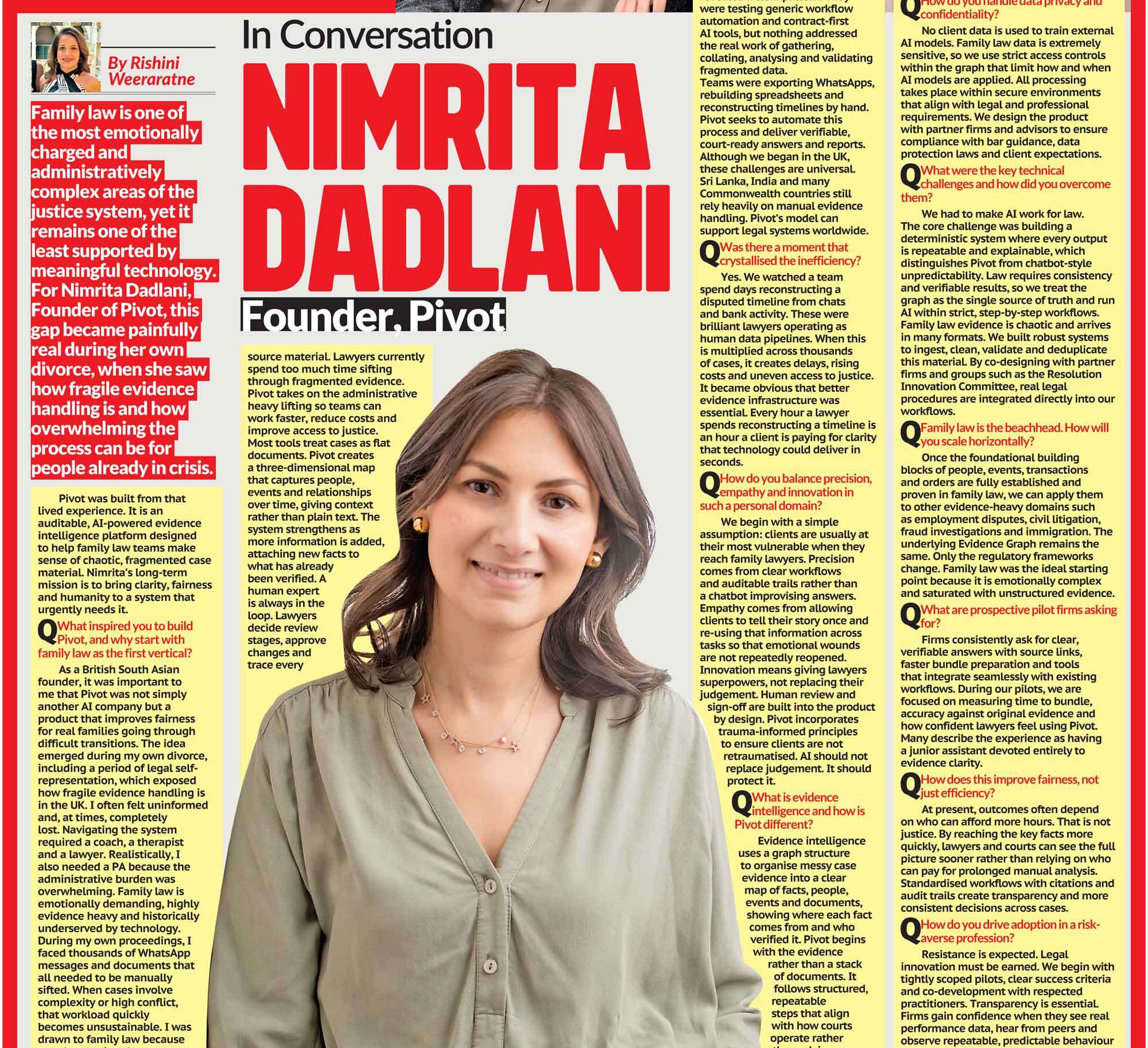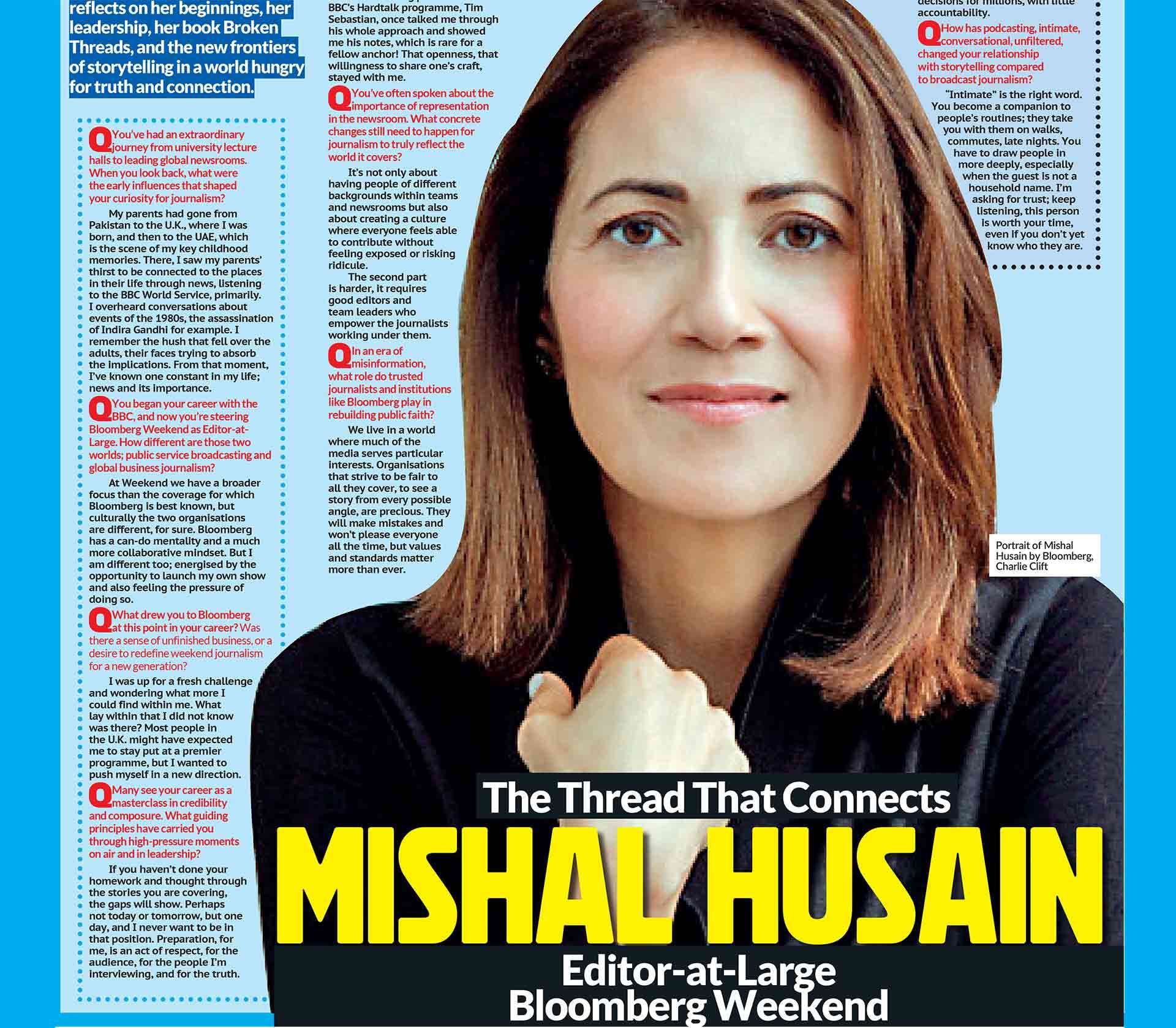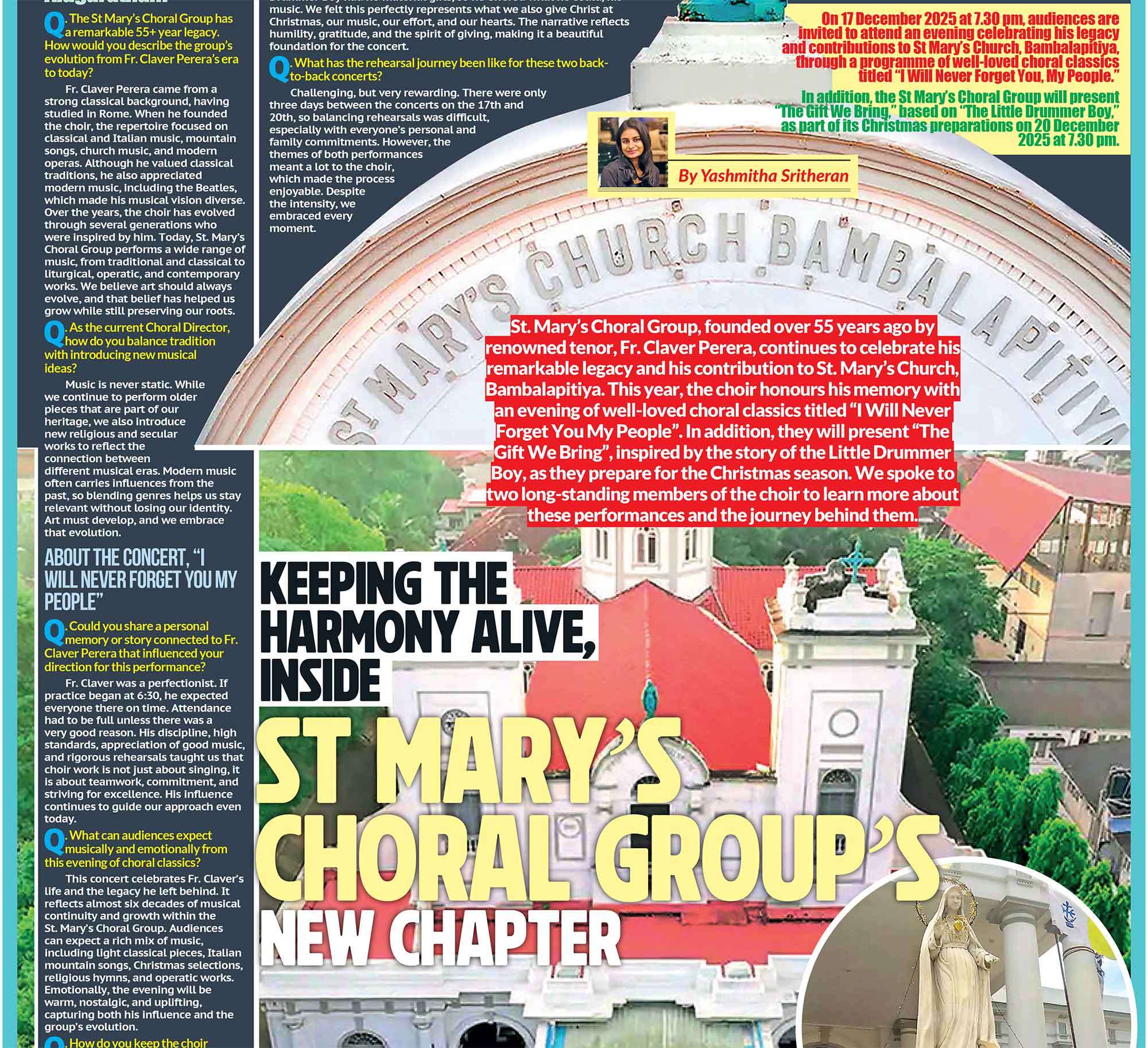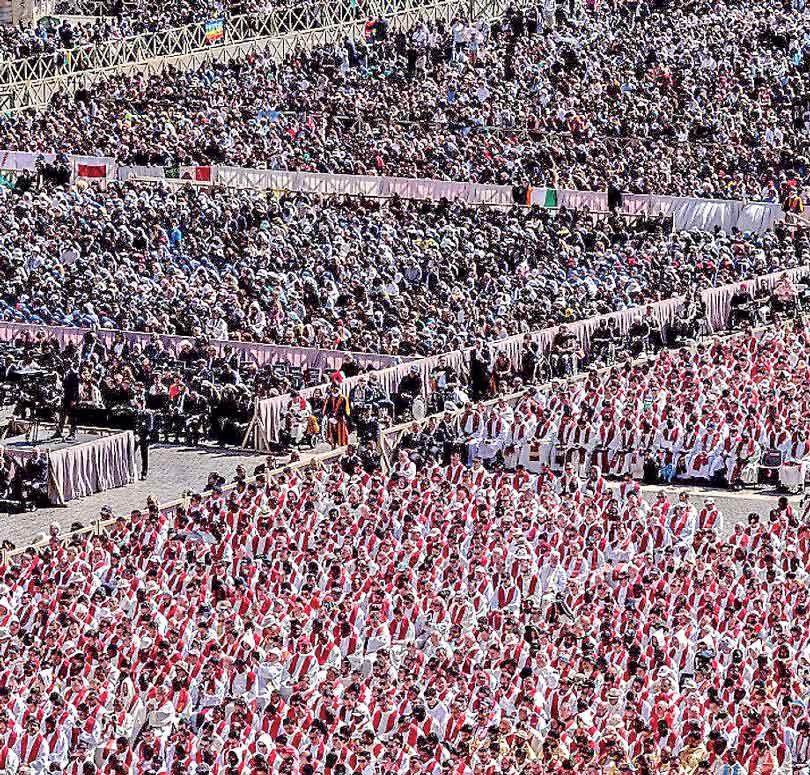
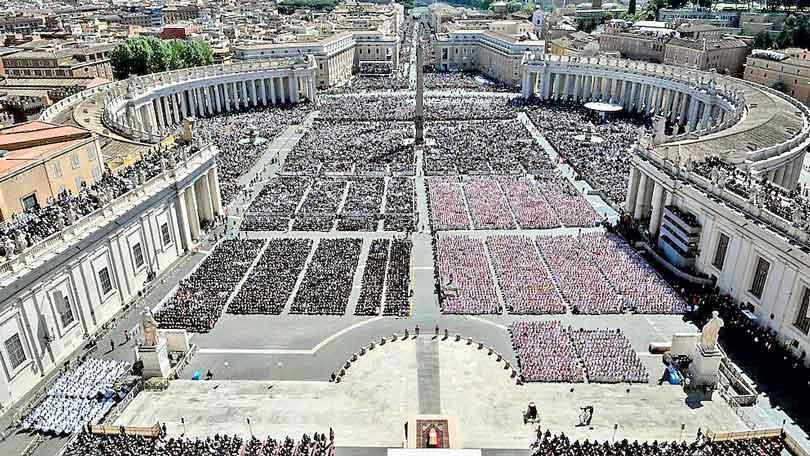
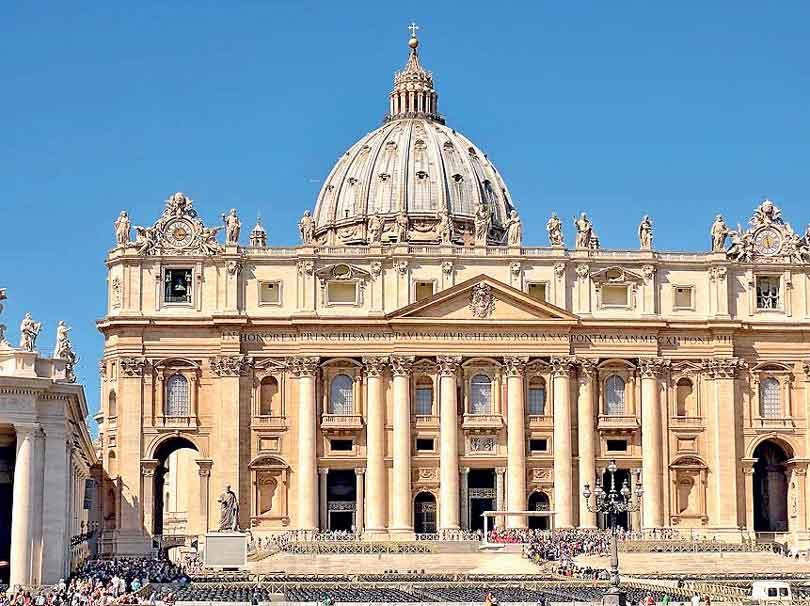
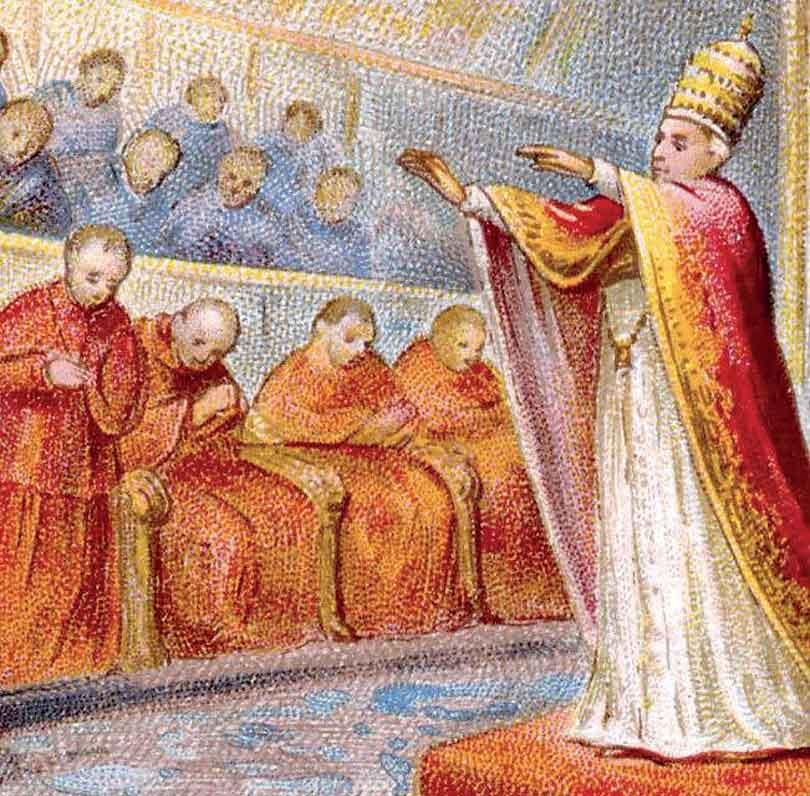
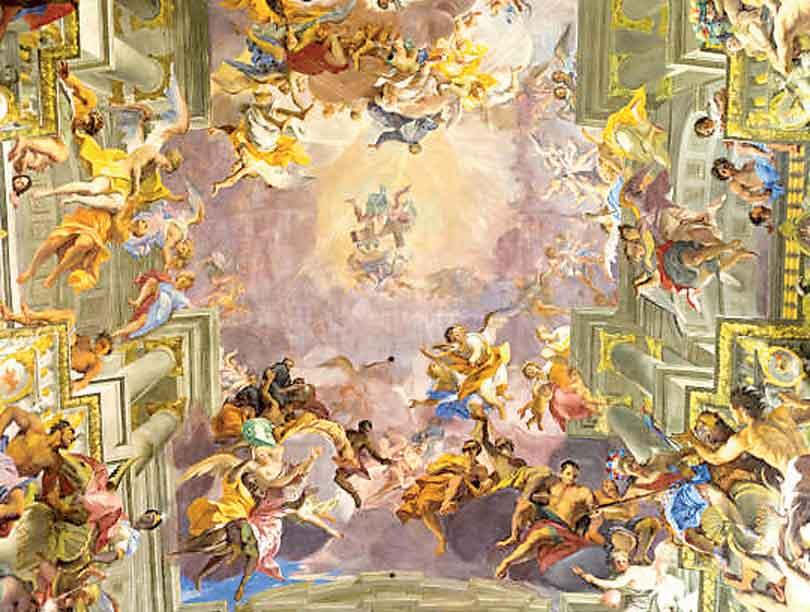
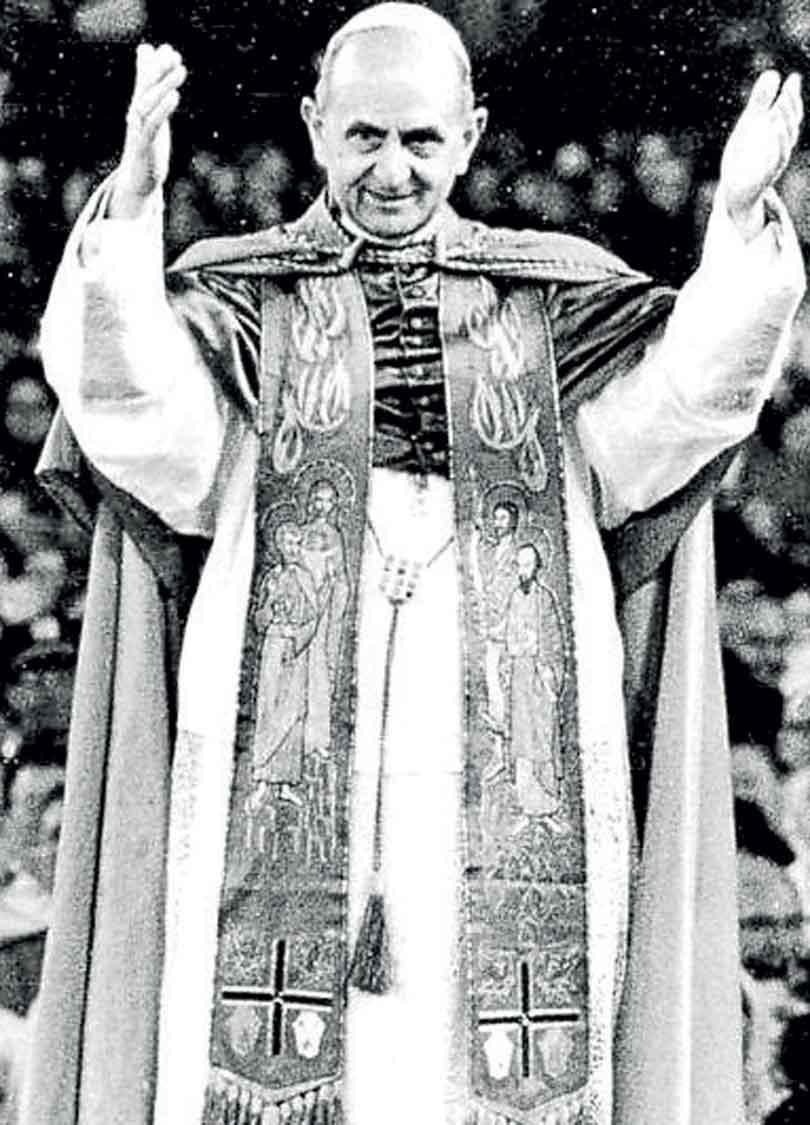
However, the First Vatican Council of that same year defined the doctrine of papal infallibility, the idea that when the Pope speaks ex-cathedra on matters of faith and morals, he is preserved from the possibility of error.
Today, the Pope serves not only as the spiritual leader of over 1.3 billion Catholics but also as a global moral voice on issues ranging from human rights to climate change.
With the demise of His Holiness Pope Francis, a figure beloved for his humility, compassion, and progressive vision, it occurred to me to reflect on the rich and complex history of the papacy itself. Who exactly is the Pope? How did this institution evolve from a fledgling role in early Christianity to the global religious and political force it represents today? In seeking these answers, I discovered a story that intervenes faith, power, and history over two millennia.At its most basic definition, the Pope is the Bishop of Rome and the leader of the worldwide Catholic Church. Regarded by Catholics as the successor to Saint Peter: the Apostle appointed by Jesus Christ himself. The Pope carries the ultimate pastoral authority on matters of doctrine, morality, and church governance. However, the role of the Pope extends far beyond religious leadership; it is deeply entwined with the broader currents of world history, having shaped and been shaped by empires, monarchies, revolutions, and modern democracies.
Origins of the Papacy
The roots of the papacy trace back to the first century AD. According to Catholic tradition, Saint Peter became the first Bishop of Rome after traveling to the city and establishing the Christian community there. Peter’s martyrdom under Emperor Nero around AD 64, and the belief that he was buried on Vatican Hill, cemented Rome’s significance within the early Church. Yet, in the earliest centuries, the Bishop of Rome was one among many bishops. Though respected for presiding over the church founded by Peter and Paul, the Bishop of Rome did not exercise supreme authority over the entire Christian world. Christianity was a decentralized religion under periodic Roman persecution, and leadership was often collegial among bishops of major cities like Jerusalem, Antioch, Alexandria, and Constantinople.It was only after the Edict of Milan in AD 313, when Emperor Constantine legalized Christianity, that the papacy began to rise in influence. As Christianity became the favored faith of the Roman Empire, the Bishop of Rome grew in prominence, drawing strength from the city’s status as the imperial capital and from theological claims about Peter’s primacy.
Medieval Developments
The Middle Ages were transformative for the papacy. Following the fall of the Western Roman Empire in the 5th century, the Pope increasingly assumed a dual religious and political role. In an era of chaos and fragmentation, popes often acted as de facto rulers of Rome and protectors of its people.By the 8th and 9th centuries, papal power expanded dramatically with the establishment of the Papal States, a significant territorial dominion in central Italy. The Papal States were founded through the Donation of Pepin, whereby Pepin the Short, King of the Franks, granted land to the Pope. This act firmly placed the Pope in the role of a temporal sovereign.Theologically, the notion of the Pope’s authority was solidified through doctrines such as the Petrine Supremacy, asserting that the Pope, as Peter’s successor, holds supreme spiritual authority over the entire Church. Major church councils and papal decrees would further assert the Pope’s leadership over doctrinal matters.The medieval papacy was not without challenges. Conflicts with secular rulers, most notably the Holy Roman Emperors, often resulted in fierce battles over the extent of papal versus royal authority. The Investiture Controversy of the 11th century is a prime example, wherein Pope Gregory VII and Emperor Henry IV clashed over who had the right to appoint bishops.
Renaissance and Reformation
During the Renaissance, the papacy was a potent symbol of both spiritual authority and earthly grandeur. Popes such as Julius II and Leo X became patrons of the arts, commissioning masterpieces from Michelangelo, Raphael, and others, leaving a cultural legacy that endures to this day in the splendor of the Vatican.However, the Renaissance papacy also faced criticism for corruption, nepotism, and worldliness. Such issues were among the grievances that fueled the Protestant Reformation in the 16th century, led by figures like Martin Luther. The Reformation shattered the unity of Western Christianity and led to the establishment of Protestant churches independent of papal authority.In response, the Catholic Church launched the Counter-Reformation, reaffirming papal primacy and implementing significant reforms through the Council of Trent (1545–1563).
Modern Papacy
Modern Papacy
The modern era saw the papacy adjusting to diminished temporal power but heightened moral authority. In 1870, during the unification of Italy, the Papal States were annexed, and the Pope lost his temporal sovereignty. However, the First Vatican Council of that same year defined the doctrine of papal infallibility, the idea that when the Pope speaks ex-cathedra on matters of faith and morals, he is preserved from the possibility of error.The Lateran Treaty of 1929, signed between the Holy See and Italy, created the independent Vatican City State, granting the Pope sovereignty over a small territory while affirming his spiritual independence.Throughout the 20th and 21st centuries, popes have played crucial roles in global affairs. Pope John XXIII convened the Second Vatican Council (1962–1965), introducing significant reforms aimed at modernizing the Church. Pope John Paul II’s influence extended into geopolitics, particularly in the fight against communism in Eastern Europe.Pope Francis, elected in 2013, brought a new emphasis on humility, environmental stewardship, interfaith dialogue, and social justice. His papacy marked a shift toward a more inclusive, pastoral approach, resonating with millions around the world. His leadership style, marked by simple living and a deep concern for the marginalized, contrasted sharply with the grandeur often associated with the office.
The Pope Today
Today, the Pope serves not only as the spiritual leader of over 1.3 billion Catholics but also as a global moral voice on issues ranging from human rights to climate change. While no longer wielding armies or vast territories, the Pope’s influence remains profound.The papacy continues to evolve, responding to the challenges of modernity while remaining rooted in ancient traditions. Whether guiding the faithful through theological teachings, addressing global crises, or advocating for peace and justice, the Pope stands as a testament to the enduring power of faith, and of an office shaped by centuries of history.As we mourn the passing of Pope Francis, it is fitting to remember not just the man, but the ancient, living institution he represented: a beacon of faith, resilience, and hope for millions across generations.
